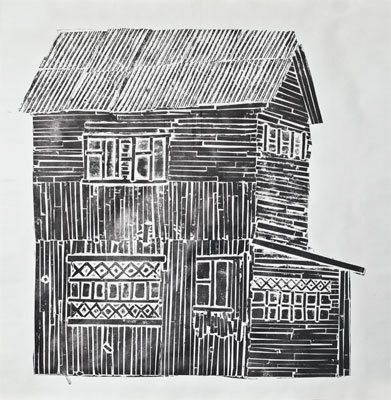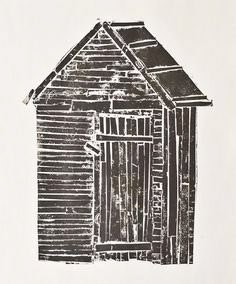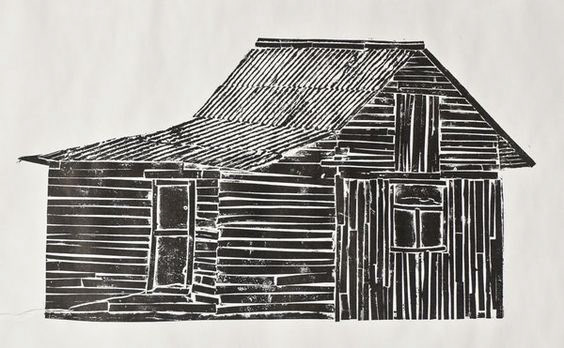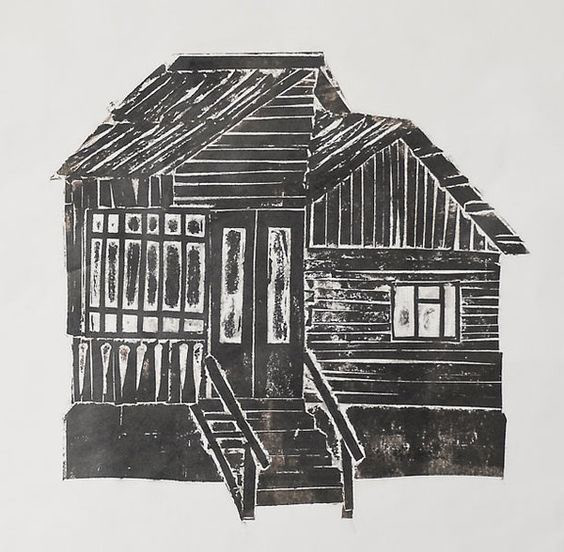My overall concept of the design spawned from two ideas. The first being the overarching theme of time passing represented by “Sunrise, Sunset” throughout the show. Because of this, I thought that it would be impactful to incorporate light in a significant way throughout the set to be used to represent the sun setting and rising. The second thing that most impacted my design was the need to frame and transition between the multiple small scenes and vignettes in the show. Because of these two needs, I landed on the concept of using sliding wooden panels, lined with scrim, which can conceal and frame the action as well as have light shine through the cracks between planks when needed. In addition to these panels I used a wooden silhouette of rooftops, with similar capabilities, that can raise and lower to additionally frame the action and inform the audience if a scene is interior or exterior based on its height. This rooftop also serves the script as several times throughout it, the fiddler is mentioned sitting on it. The minimalist, rickety nature of the wooden silhouette gives the impression that the rooftops are unstable and could fall at any time. This adds to the metaphor that life is in delicate balance like "a fiddler on the roof."
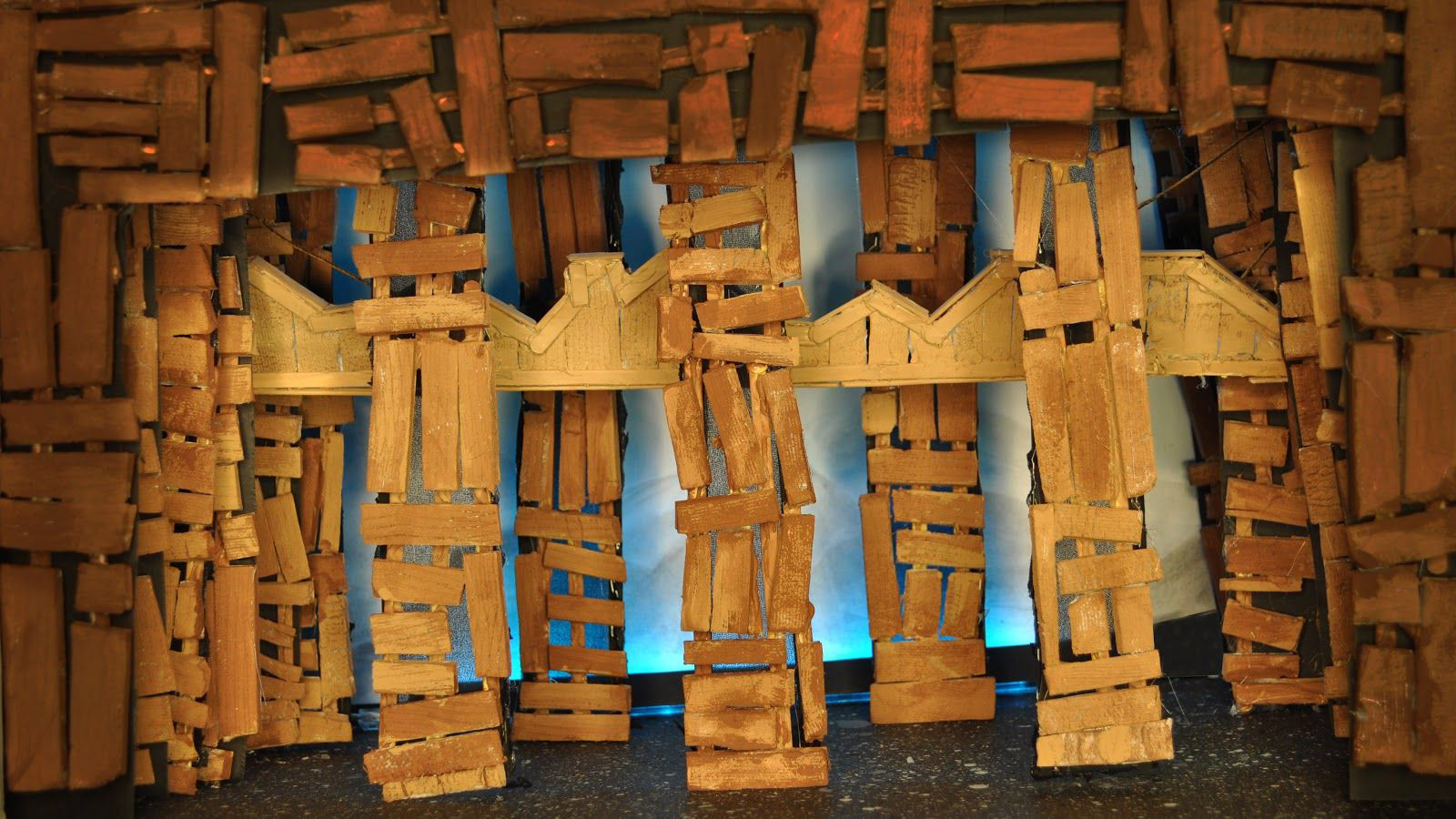
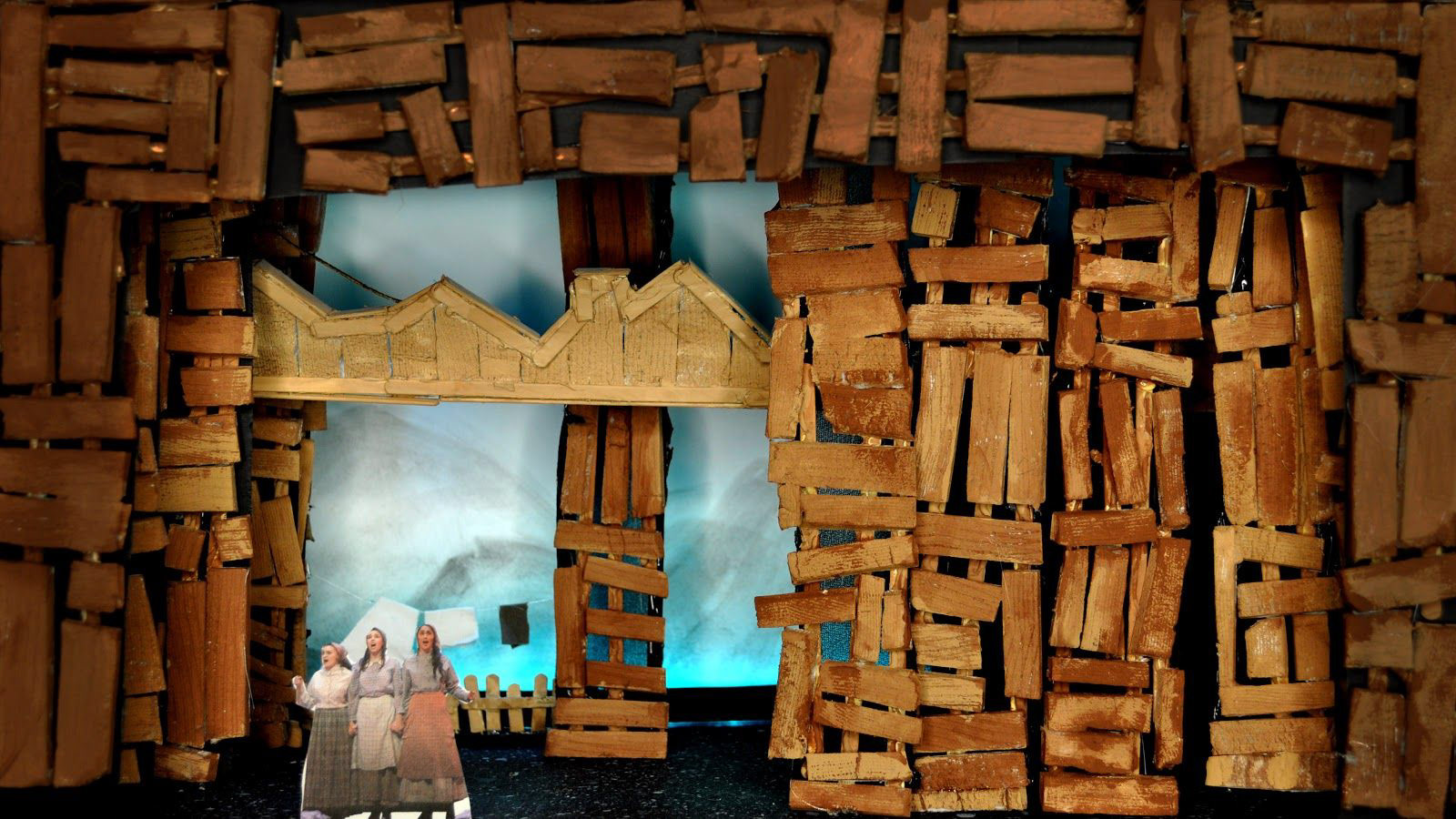
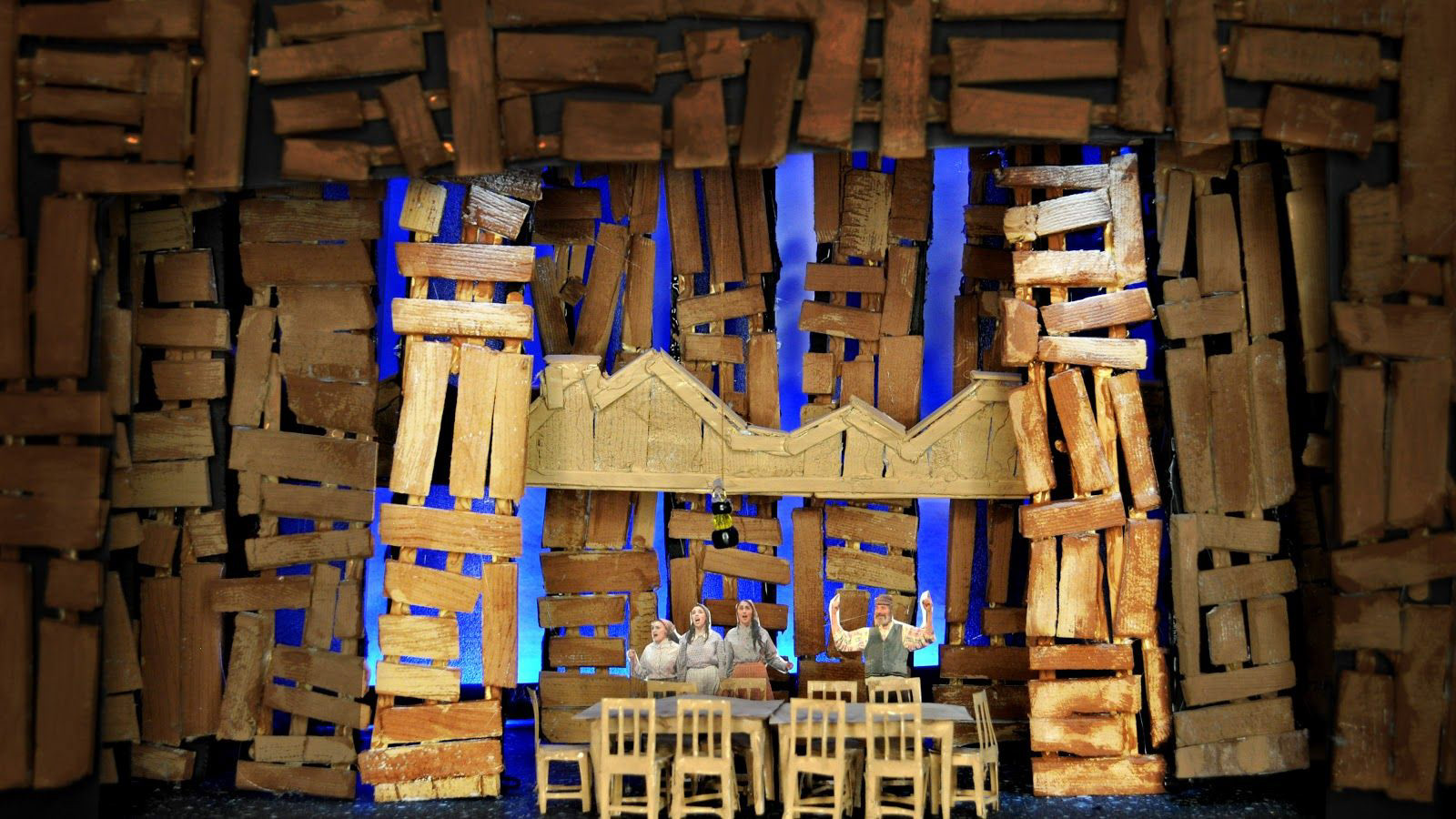
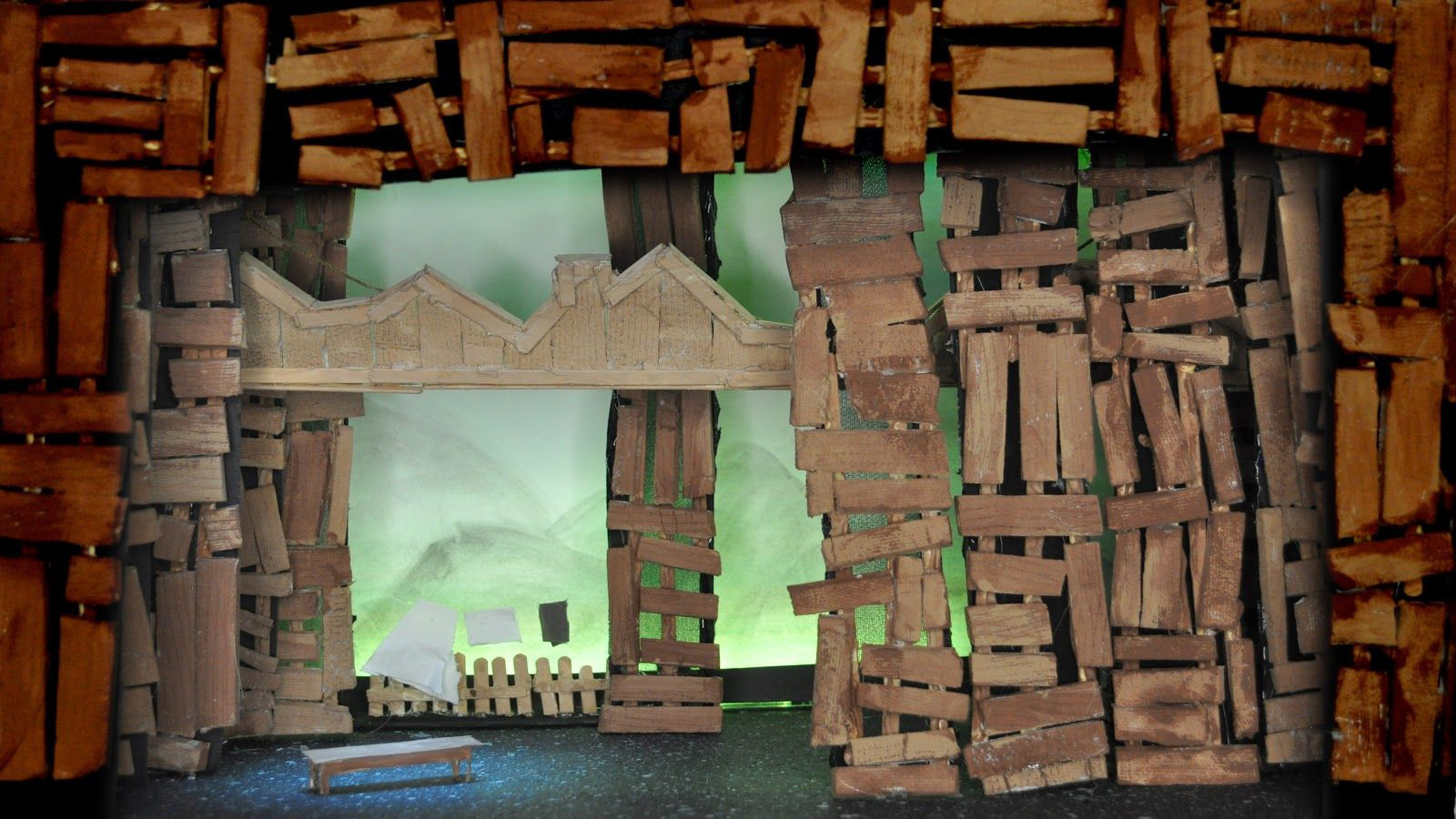
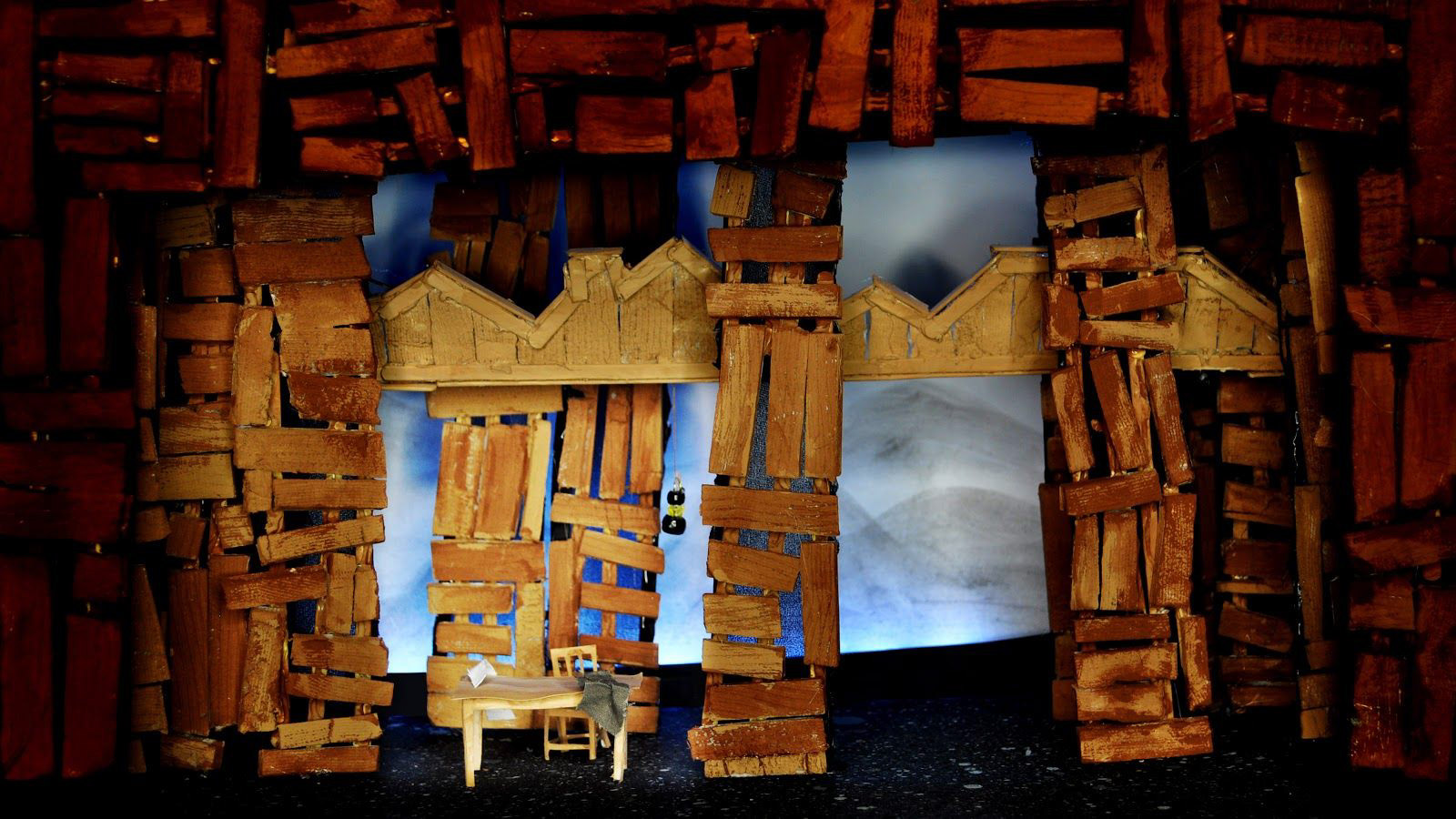
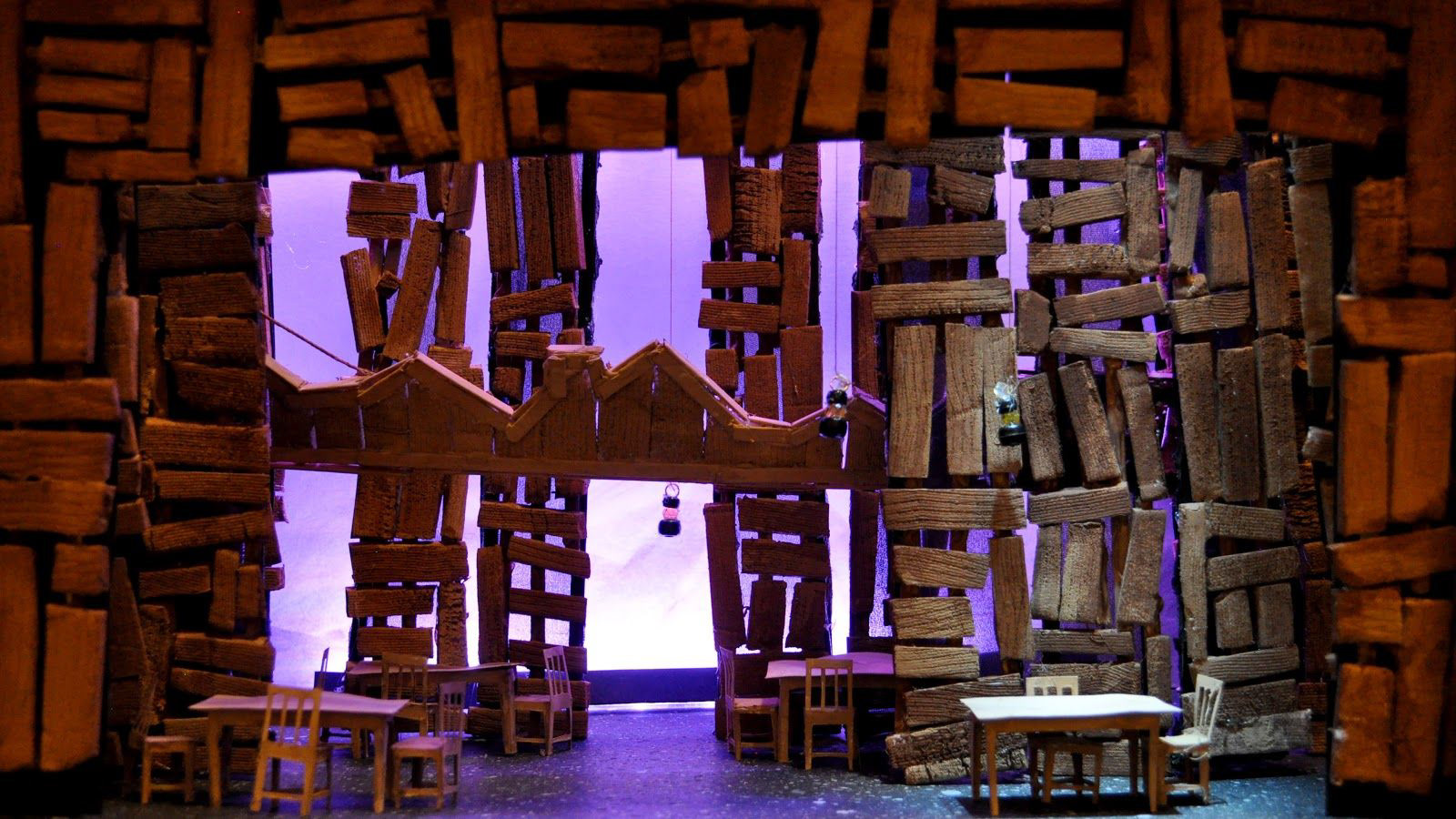
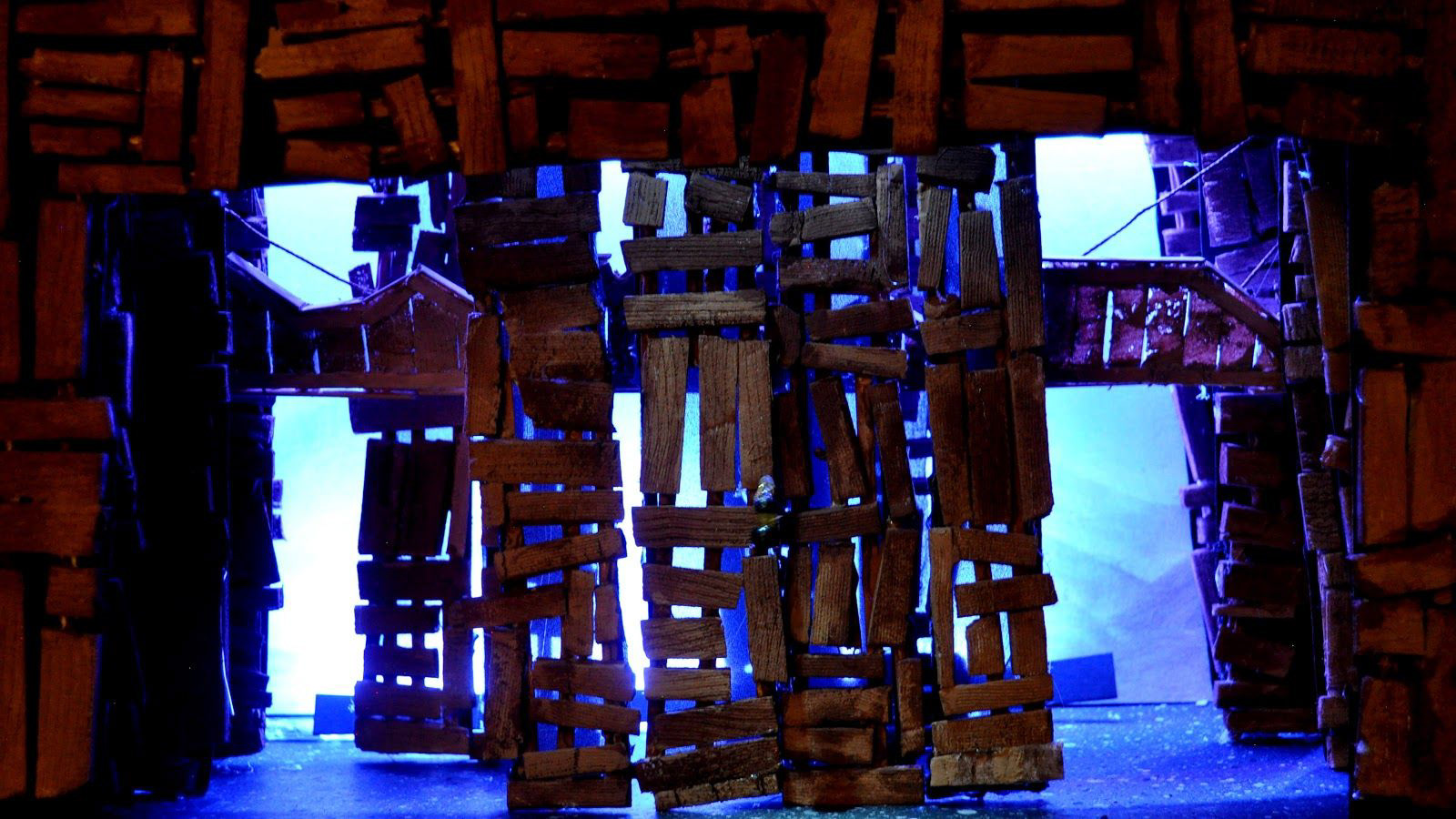
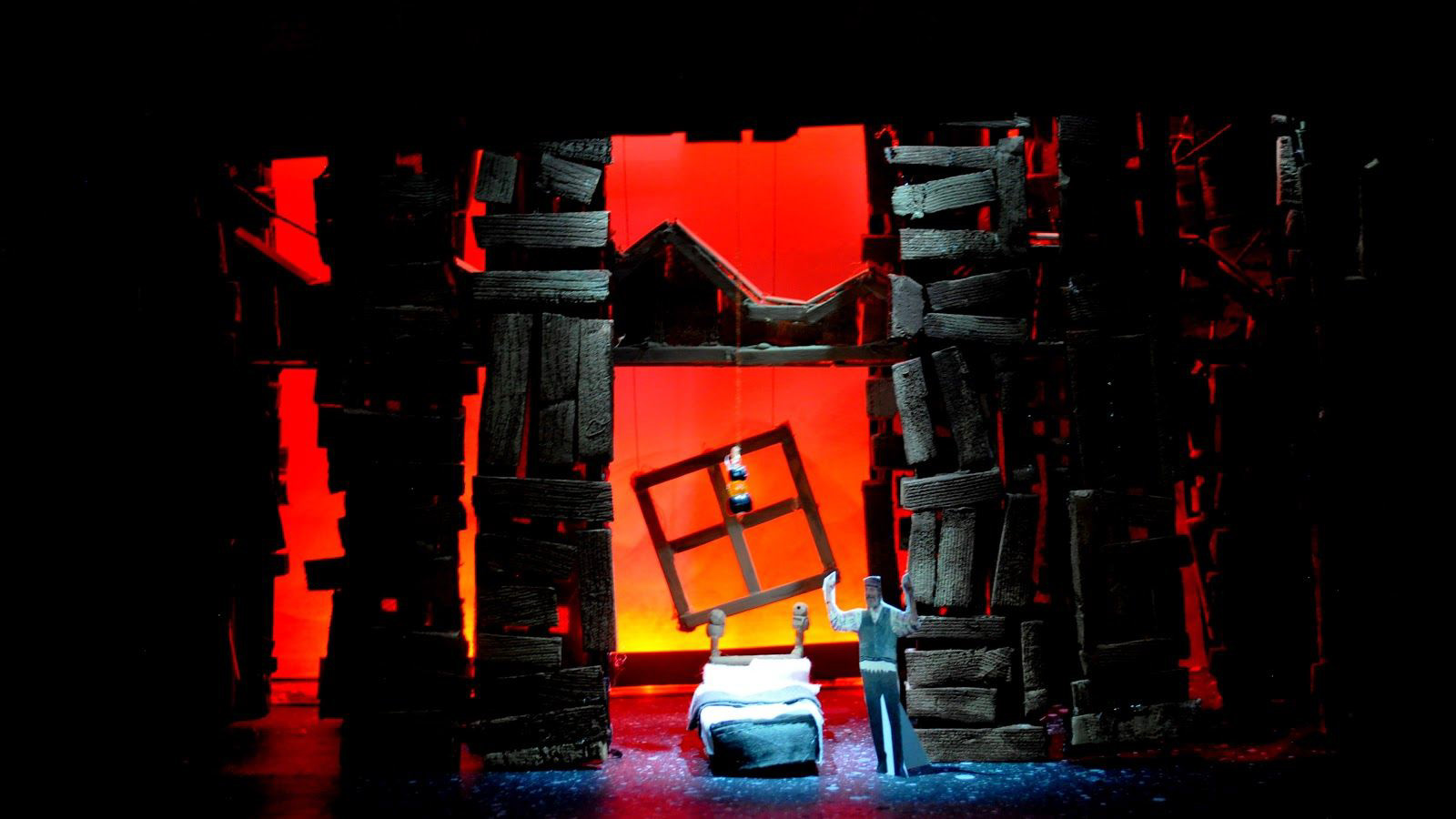
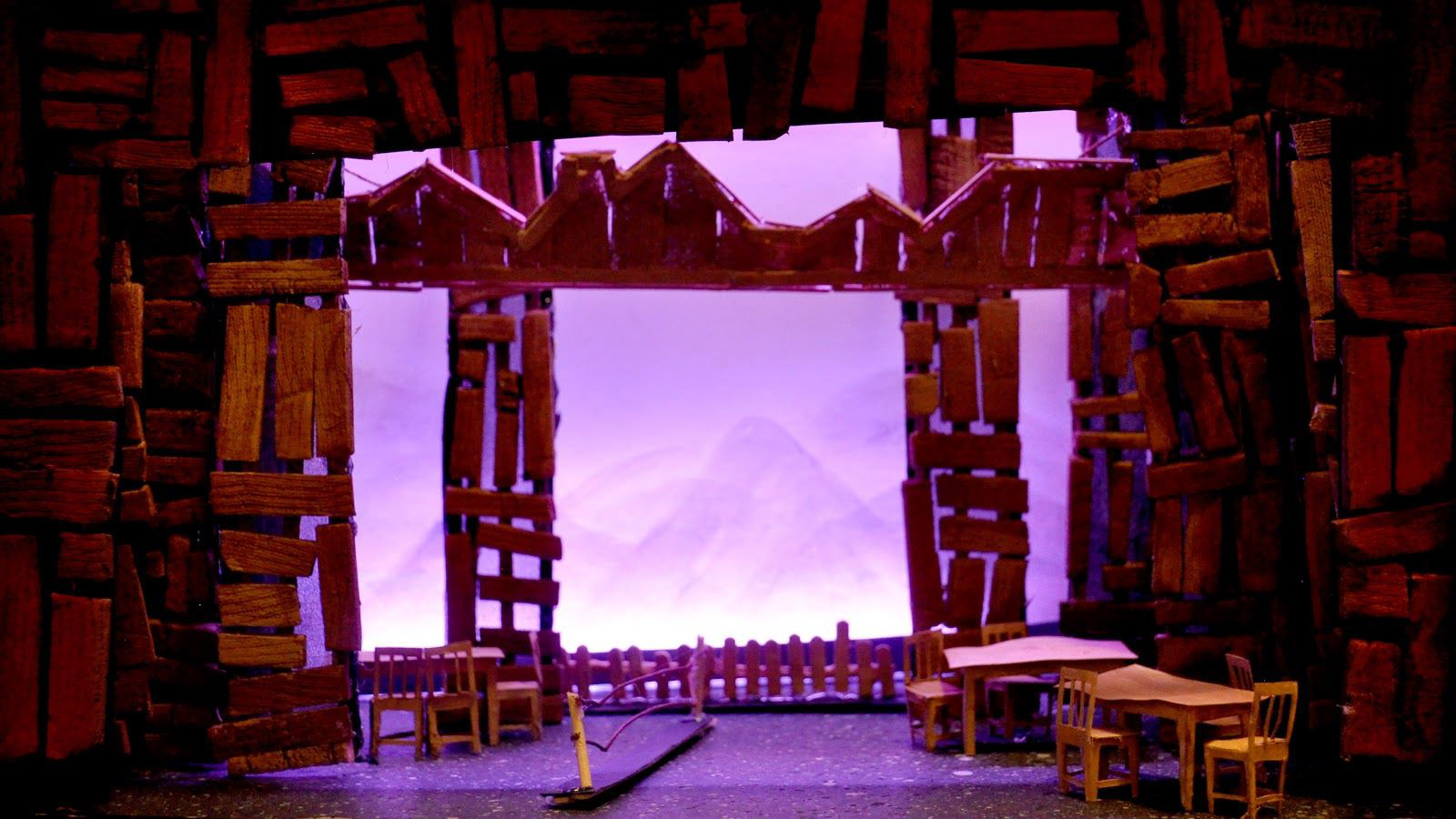

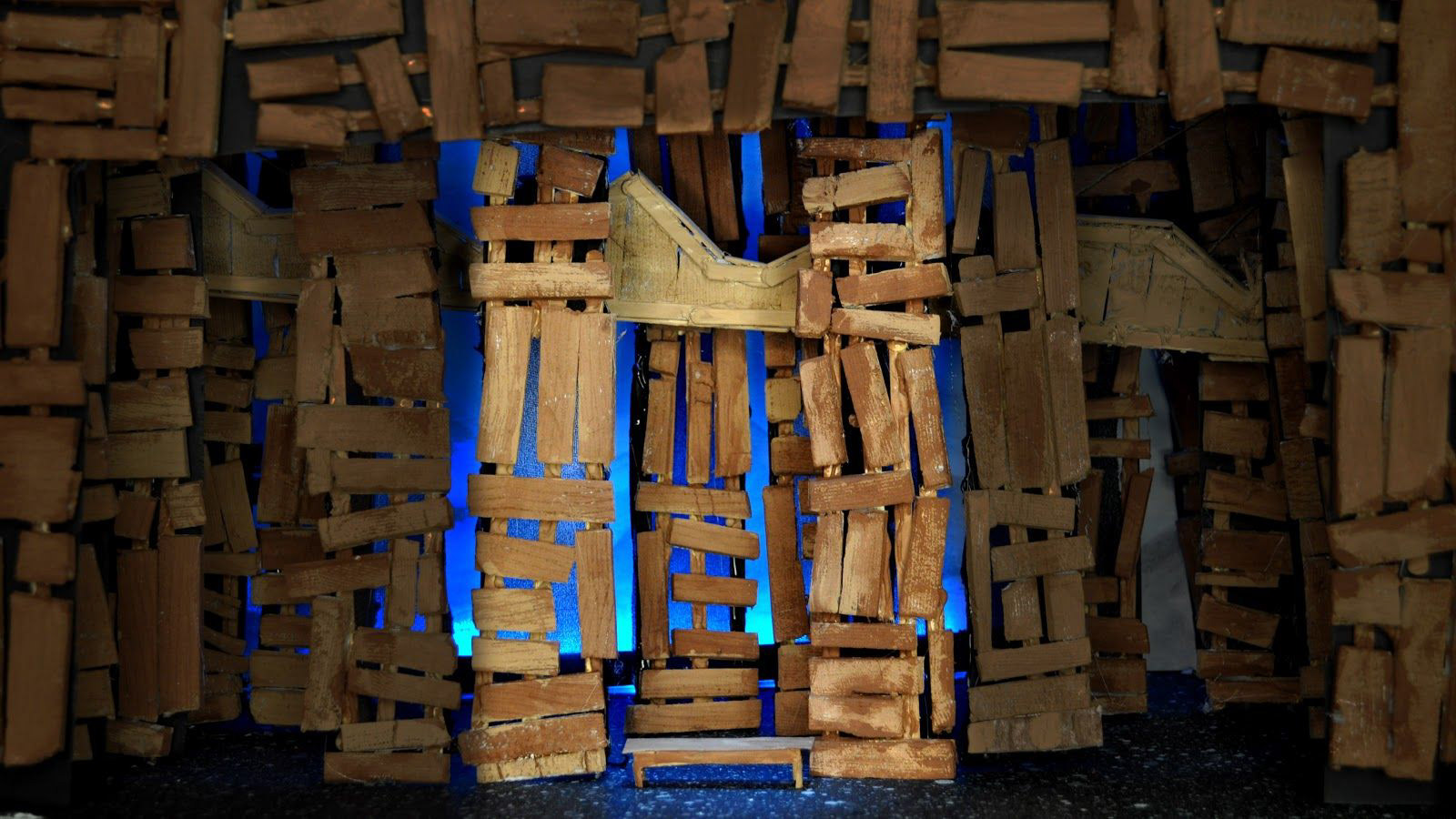
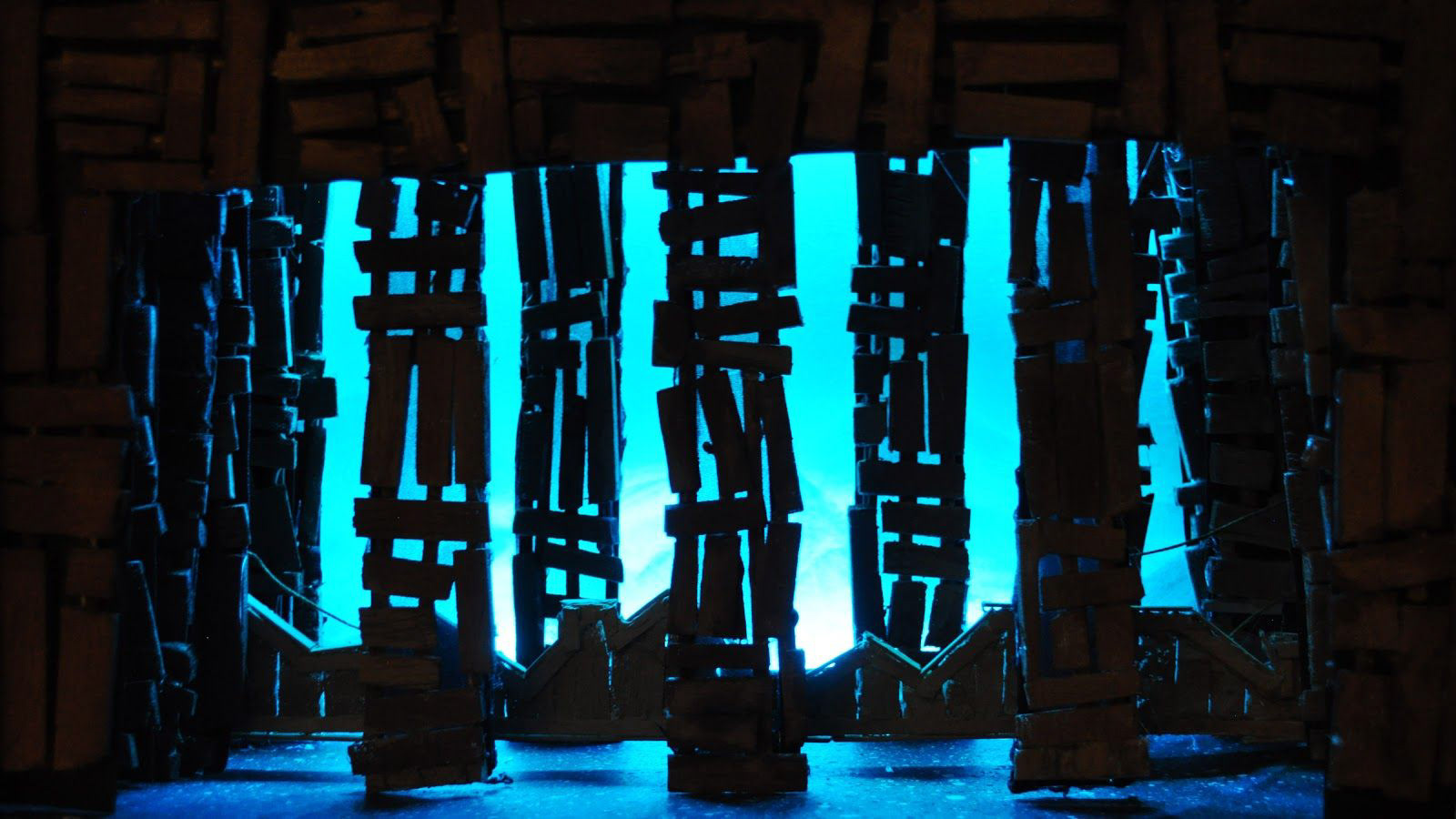

A major feature of the set is a wooden rooftop silhouette that can frame the action of the show. Because of the rickety nature of the structure, it emphasizes that it is unstable and hard to balance. Additionally in its construction, it seems impossible for an actor to stand on without falling off, however, with a little “theatre magic”, namely strategically placed wires and clips, the fiddler can accomplish the impossible feat. I chose to further emphasize this metaphor at the ends of act one and two. Throughout the entire show, the rooftops are shown suspended in the air, however, at the end of act one, as their village is being destroyed, the rooftops drop at a severe angle showing that life is no longer in the balance. Similarly at the end of act two as they are moving away, the rooftops are fully lowered to the ground for the first time.
I found inspiration for the set in the art of Roman Manikhin, an artist who uses a distinct wood block stamping style to depict cabins and houses. This method felt lived in and inviting as well as being minimal and aesthetically pleasing. Implementing this wood stamp style into three-dimensional space also provided the opportunity to use light in the negative space of the artwork which was something that I knew I wanted to play with from the beginning to convey times of day, location, and embrace the idea of “sunrise, sunset”.
INSPIRATION IMAGES FROM ROMAN MANIKHIN
